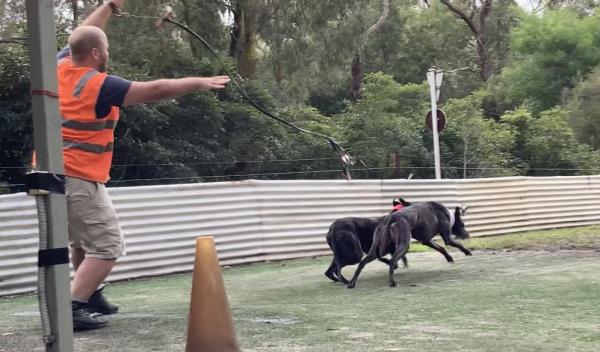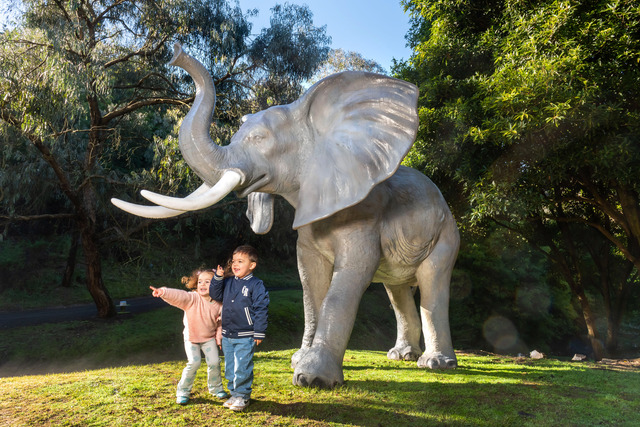Lang Lang Coursing Club hosted its first meeting of the coursing season on Sunday with the focus on puppies and maidens to start their racing and coursing careers.
Greyhounds are considered pups if whelped on or after March, 1 2019 and can race as pups for the entire coursing season even if they secure a win. This keeps them away from more experienced and seasoned courses.
Maidens, meanwhile, are dogs that have never won a coursing event but may have won a standard greyhound race.
There were 12 events held on a perfect day for both dog and trainers with an excellent turn out of competitors.
Some fantastic times were run, even by new inexperienced dogs, which is fantastic to see. Peter Craig took training honours with Family Trust and Mr. Football both saluting and these are two dogs to watch for the future.
The next meeting at Lang Lang is on May 30. The main event will see dogs compete to earn their place in the final to be run at Cranbourne on June 5.
Lang Lang is a comfortable place to watch coursing with a canteen with plenty of hot foods, snacks and drinks available to purchase and a relaxing atmosphere to sit and enjoy the spectacle.
Coursing was modernised in 1967 with the first mechanical drag lure been used at Lang Lang.
The biggest event of the coursing calendar is the prestigious Waterloo Cup, with the 150th running to take place in 2023.
HOW COURSING WORKS
There are usually 12 events on the day comprised of eight dogs, much like the standard greyhound racing most people know.
However, there are four courses per event with only two dogs competing against each other at any one time, unlike the eight dog races you with greyhounds.
The dogs go head-to-head and each winner of the four courses goes through to the semi-final, with the winners going through to the final.
These dogs also don’t start from the boxes, but a specially made slipping lead and collars with a mechanism that allows the ‘slipper’ to release the dogs at the same time for a fair start shortly after the lure is set in motion.
The dogs also don’t have race vests with numbers, but knitted white or red collars so they can be distinguished. It can get a bit complicated for bigger events but this is the usual format for standard coursing events.
Even though the dogs run up to three times a day over 300 meters, it can be less taxing than a usual greyhound race, as the environment is a lot more relaxed and there is less bumping.
Coursing is where greyhound racing originated and little has changed with the most significant change being the introduction of the mechanical lure.
Strict rules and vetting still apply to ensure integrity and welfare.
Coursing really does bring out the athlete in greyhounds and the dogs thoroughly enjoy the experience!









